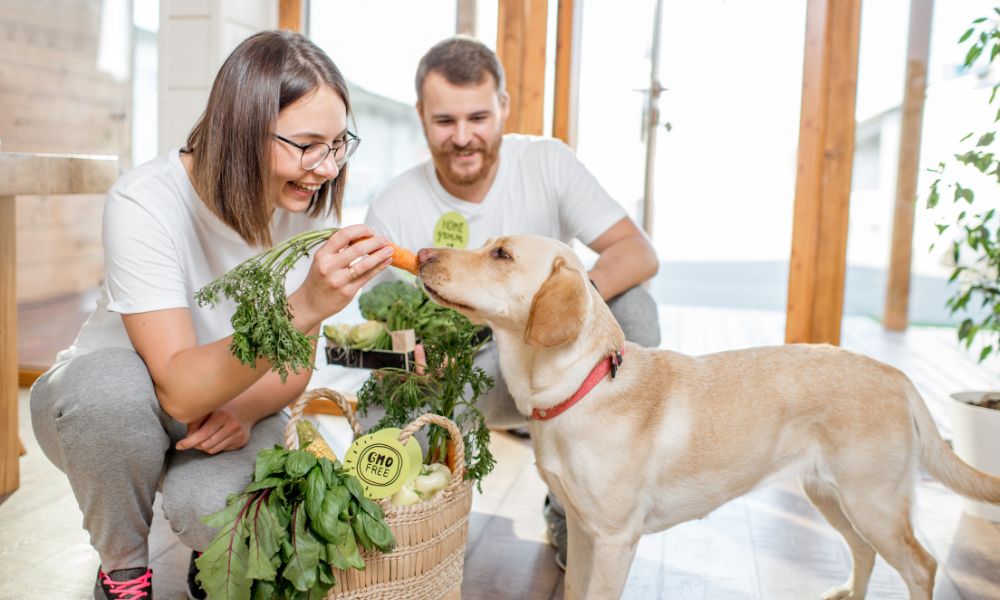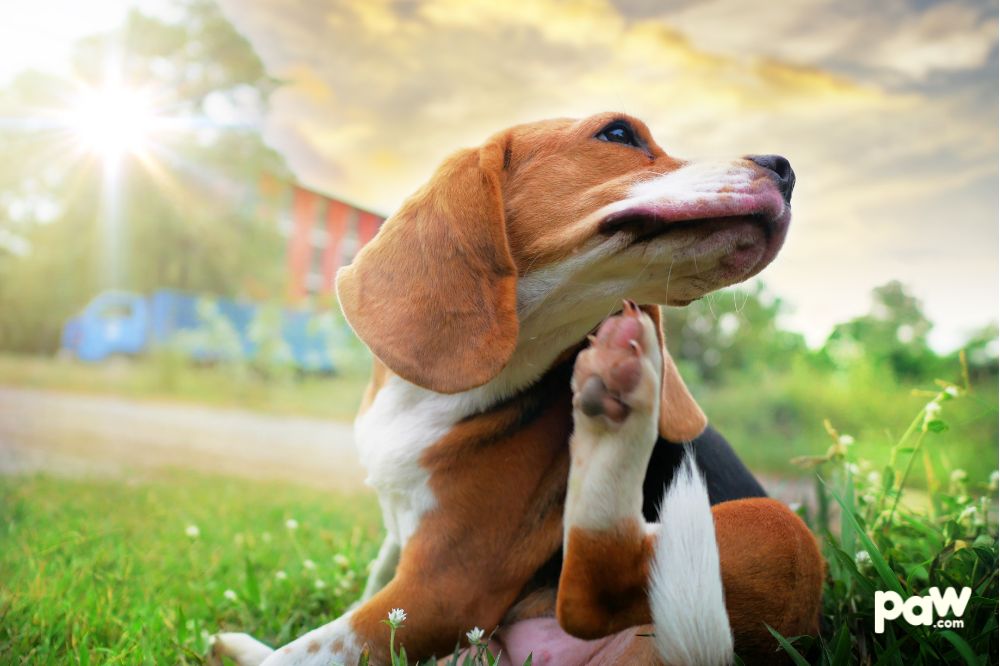
OK, you've had your new pet for 3 weeks. Now what?

It was just weeks ago you woke up at Christmas morning excited to see the look in your family’s eyes as the biggest present of the year – a new furry friend, made its way around the living room and into everyone’s hearts. Whether puppy or rescue dog (or kitten or cat), everyone immediately fell in love, and the rest of the toys were pretty much ignored.
Bringing a new pet into the home is always an exciting event, and the first few days are filled with discovery and fun. Those days quickly grow into a week, and then another, and another, and by now, your new dog or cat seems like they’ve been with you FURever, but the end of the third week actually marks a turning point.
Dog trainers have what they call the “3-3-3 Rule,” which also applies to our feline friends. The numbers refer to three days, three weeks, and three months.
For the first three days, a new pet may be totally overwhelmed, and try to avoid everyone in the household, which is normal. They may not eat much and may just hide out in a safe space, which you can best provide by making sure they have a comfy bed and blanket of their own in a safe, out-of-the-way corner.
If they then associate this space and their bed with feeling secure and protected, they’ll turn out to be much calmer in the long-run. A lot of people overlook the importance of providing this most basic essential, but it is, after all, your pet’s home within your home. Make sure you respect it as their space, and try not to bother them when they are lounging in “their home.”
By three months, your dog or cat is now settled into the routine and you’ve gained their trust, and it’s onward to a happy life together.
But the main transition happens at that three-week point. By then, your pet has gotten comfortable in the home, and this is when really interesting changes happen.
This is who I am!
In the case of dogs, they will suddenly feel comfortable enough to let their true personalities emerge. This can be both rewarding and challenging.
Some dogs may decide to start testing boundaries to see what they can get away with. They may start exploring all the trash cans they can get into, or discover that it’s a lot of fun to pull all of the toilet paper off of the roll, which is what one dog of mine did.
This is also the era of destroyed shoes, books, phone charger cords, and so on, so it’s important to make sure that everything was and still is puppy- and/or dog-proofed. If your dog is a chewer, make sure that they have plenty of acceptable and safe chewy toys, as well as get hard, chewable treats.
If they just love to get into the trash, consider keeping kitchen garbage in a closed cabinet and getting tightly covered containers for other places.
Meanwhile, this is when cats will start claiming what is “theirs” in terms of territory and favorite places to hang out. Also, if you have more than one cat, this is about when they should start to meet, with the “newbie” being the one setting the terms for the introduction.
It’s probably needless to say, but if you have dogs and cats, your dog is going to find the cat’s litter box endlessly fascinating, because in your dog’s mind it’s a plastic tray full of buried treats. I know, gross. But it’s worth making sure you take steps to keep the dog out of the box.
As your pet’s personality shows itself more strongly, this will give you clues on how you can adjust your behavior to accommodate their needs. For example, a very energetic dog will need a lot more play time, and more frequent, longer walks. A timid dog will require more calmness and confidence on your part to reassure them.
An aloof cat needs to be given space and allowed to approach the humans on their own terms. And, in both cases, you’ll quickly learn whether your pet is an affectionate cuddler or not.
You might even consider not naming your new pet until you’re past three weeks and see their true personality emerge. It can look really weird if you wind up with a timid “Brutus” or an aggressive “Fifi,’ after all.

Off into the world together
Now that your pet is more comfortable in their new home, it’s time to start expanding their world a little bit.
This is when you can begin to expose your dog to new experiences, like dog parks (if they’ve had all their shots!) or dog-friendly stores, although you should always call ahead of time to see if it’s all right. Some places love having dogs visit, and others don’t. Do your homework for a happy visit.
During this period, you also need to keep a close eye on your dog’s reactions to novel situations. If they startle easily at the site of strangers or other dogs, then you’ll need to socialize them gradually.
If they have this kind of reaction, it’s probably a good idea to start working to preemptively prevent any fear of fireworks and thunder, because this dog is likely to have that, too.
As with everything else, keep your excursions on a regular schedule, because animals love regularity. They’ll eventually pick up on your routine and know what to expect when, an ability that they will have fully developed by three months as long as you’re consistent.
When it comes to cats, though, best to keep them as indoor cats, because outdoor cats don’t last as long, and we know you want to keep your new friend as long as possible.
It’s a commitment
This week three milestone is also a great time to remind yourself of the most important thing about adopting a pet: It’s a commitment you have made for their lifetime. This means that if any issues crop up now, it’s your responsibility to do what you have to in order to deal with them.
If you haven’t introduced your pet to your vet yet, do it now as well, and if you haven’t found a vet, get one. This is also a great time to compare pet insurance plans, which can greatly reduce your veterinary bills — especially in the case of something sudden and catastrophic.
Insurance is especially important as your pet begins the need for end-of-life care, but if you’ve taken care of their other health needs, that won’t be until a very, very long time from now.
Three days, three weeks, and three months are all important milestones in building your life with your new pet. It’s only just the beginning, with many fun and exciting weeks, years, and adventures ahead!
Share this article
written by


